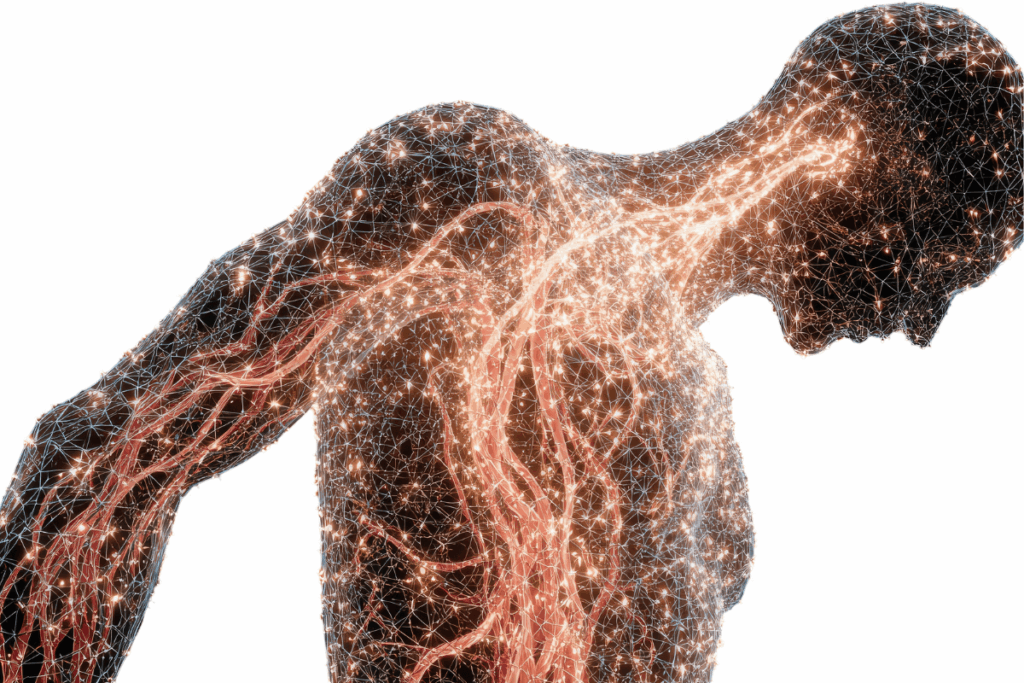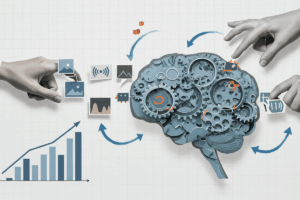
According to a recent study published in Nature, widespread, structured brain maps exist in the human brain, integrating visual and touch-based (somatosensory) representations. This integration allows the brain to simulate bodily sensations during observation of the world internally. The study addresses a long-standing question of how the brain integrates vision and touch to support perception, action, and social understanding.
Although earlier studies showed that observing touch or action activates somatosensory and motor areas, the computational mechanisms underlying this integration remained poorly understood. To address this, the researchers developed a dual-source connective-field model capable of estimating both visual field tuning (retinotopy) and body-part tuning (somatotopy) across the entire brain.
To evaluate the model, it was applied to one hour of 7 T resting-state data collected from 174 participants in the Human Connectome Project (HCP). The model extrapolated the topography of the primary visual cortex (V1) and primary somatosensory cortex (S1) to the rest of the cortex. The model revealed endogenous somatotopic maps far beyond classical S1 during rest. Somatotopic connectivity was also significant in large regions of parietal, frontal, medial, and insular cortex (all P < 10⁻⁸, minimum Cohen’s d =0.41).
These gradients reflected the well-known dorsal-to-ventral toe-to-tongue progression along the central sulcus, as well as orderly mapping patterns within the parietal operculum, insula, and intraparietal sulcus. These biases of the body parts corresponded to functional specialization, such as medial areas with the greatest tuning to lower-limb/trunk locations (maximum P = 10⁻³⁷) and parietal cortex with higher tuning to upper-limb locations (maximum P = 10⁻²¹). Somatotopic connectivity was enhanced significantly when participants viewed videos: 50% (95% CI = 46-55%) of the cortex was somatotopically organized compared with smaller areas during rest. This occurred despite no tactile input, indicating that visual input alone can recruit somatosensory representations.
It was found that there were increases in Brodmann area 2 (t173 = 2.91, P = 0.016, d = 0.18), SII (t173 = 3.96, P < 10⁻³, d = 0.27), and posterior parietal cortex, including IPL (t173 = 6.86, P < 10⁻⁹, d = 0.49. Strong somatotopic connectivity was also observed in classical visual areas during video viewing (F1,173 =132.26, P < 10⁻²²), with the greatest increases in dorsal and lateral visual areas (P < 10⁻²³). In the dorsolateral visual cortex, further examination revealed a mosaic representation of alternating retinotopic and somatotopic dominance, especially in the extrastriate body area (EBA) and fusiform body area (FBA); the somatotopic signals explained more variance than retinotopic signals.
Two hypotheses were tested regarding the alignment of visual and tactile reference frames. The first, visuospatial alignment, proposed that body-part tuning would be related to vertical locations in the visual field. Searchlight analyses demonstrated this in posterior and lateral areas such as V3B (P < 10⁻²·¹²) and LO1 (P < 10⁻²·¹²). The second, category-based alignment, suggested that somatotopic tuning would be similar to the visual selectivity of body parts, independent of their spatial location. Using voxel-level visual body-part tuning derived from NSD and 17 anatomical key points per image, researchers discovered that somatotopic maps forecasted visual body-part preference in superior FBA, ventral EBA, and VWFA (P < 10⁻²·⁹⁴).
The combination of these findings shows that vision and touch have congruent topographic maps across much of the cortex, creating a common computational framework. This facilitates embodied perception, vicarious sensing, semantic analysis, and effective multisensory integration. The study establishes a fundamental organizing principle of the brain, showing how visual and somatosensory maps converge to support perception, action, and higher cognition.
References: Hedger N, Naselaris T, Kay K, et al. Vicarious body maps bridge vision and touch in the human brain. Nature. 2025. doi:10.1038/s41586-025-09796-0












